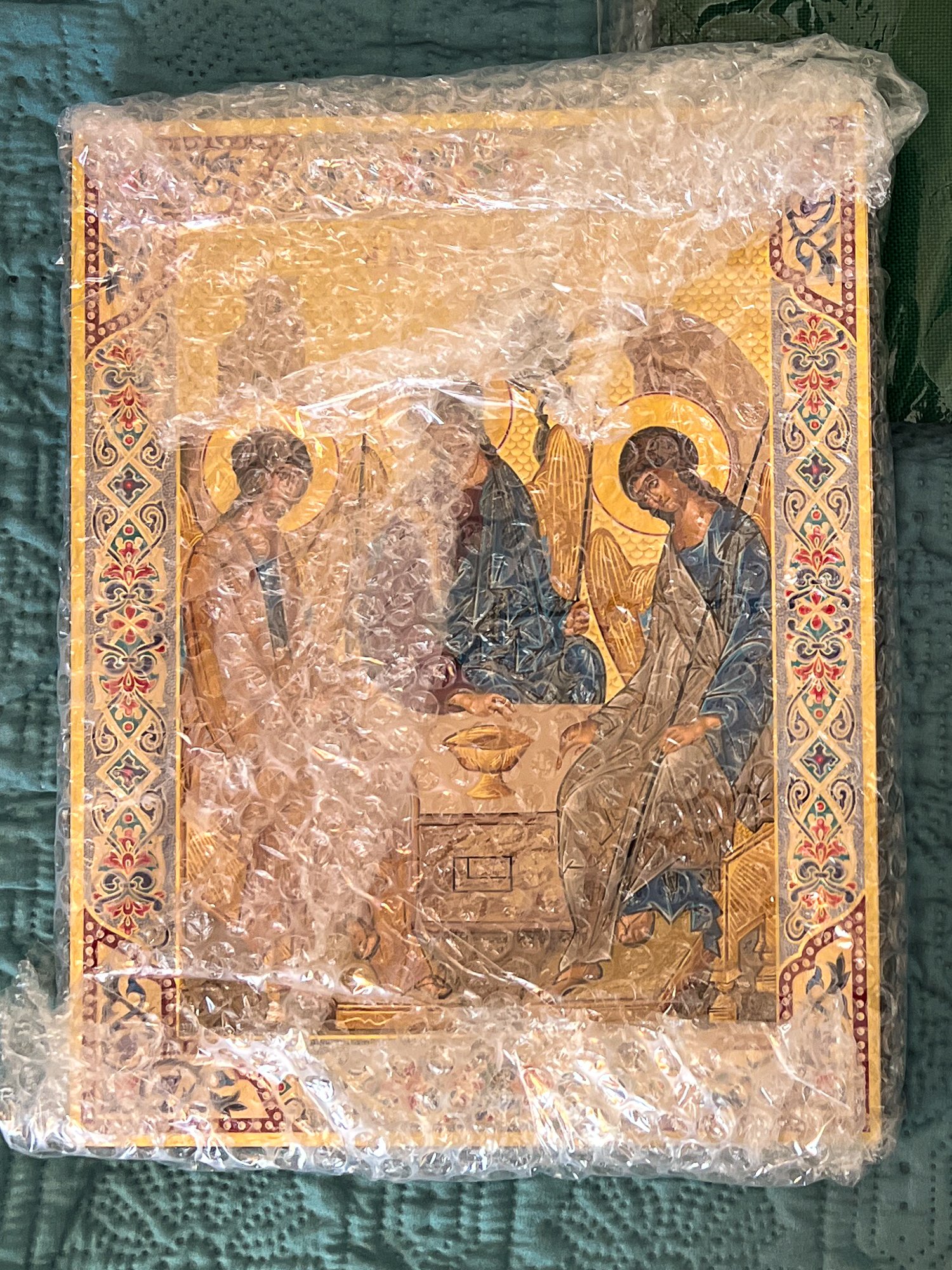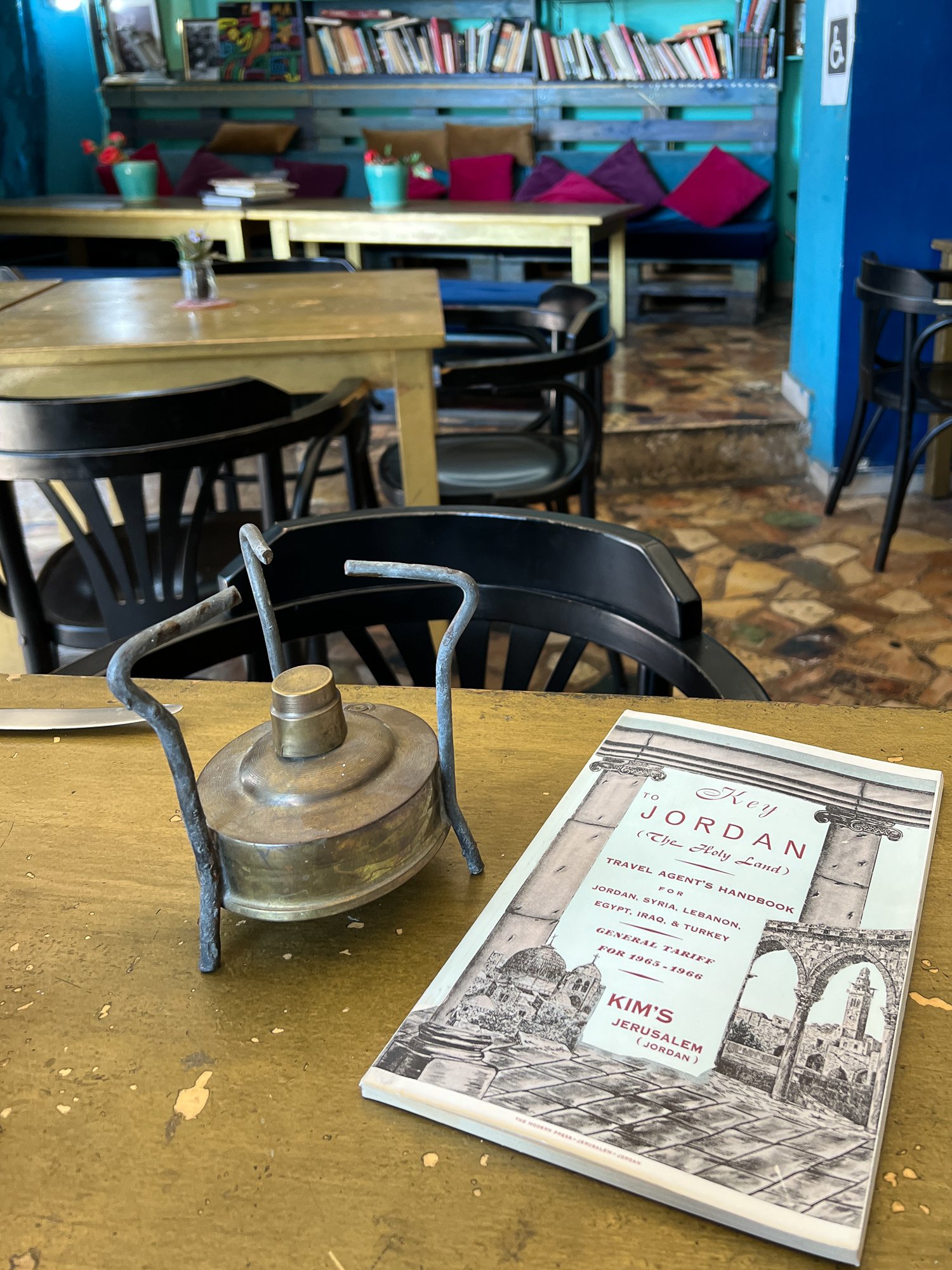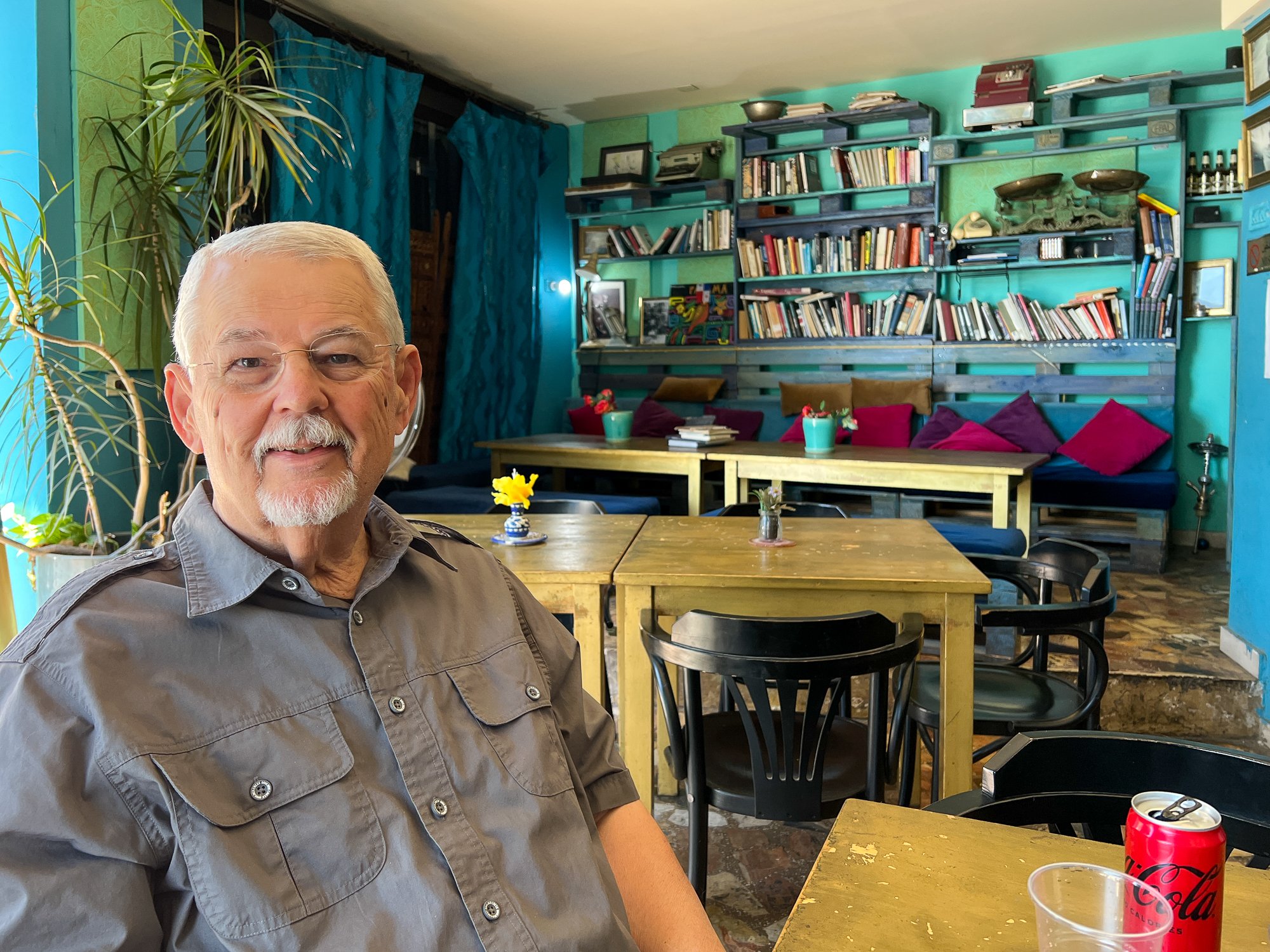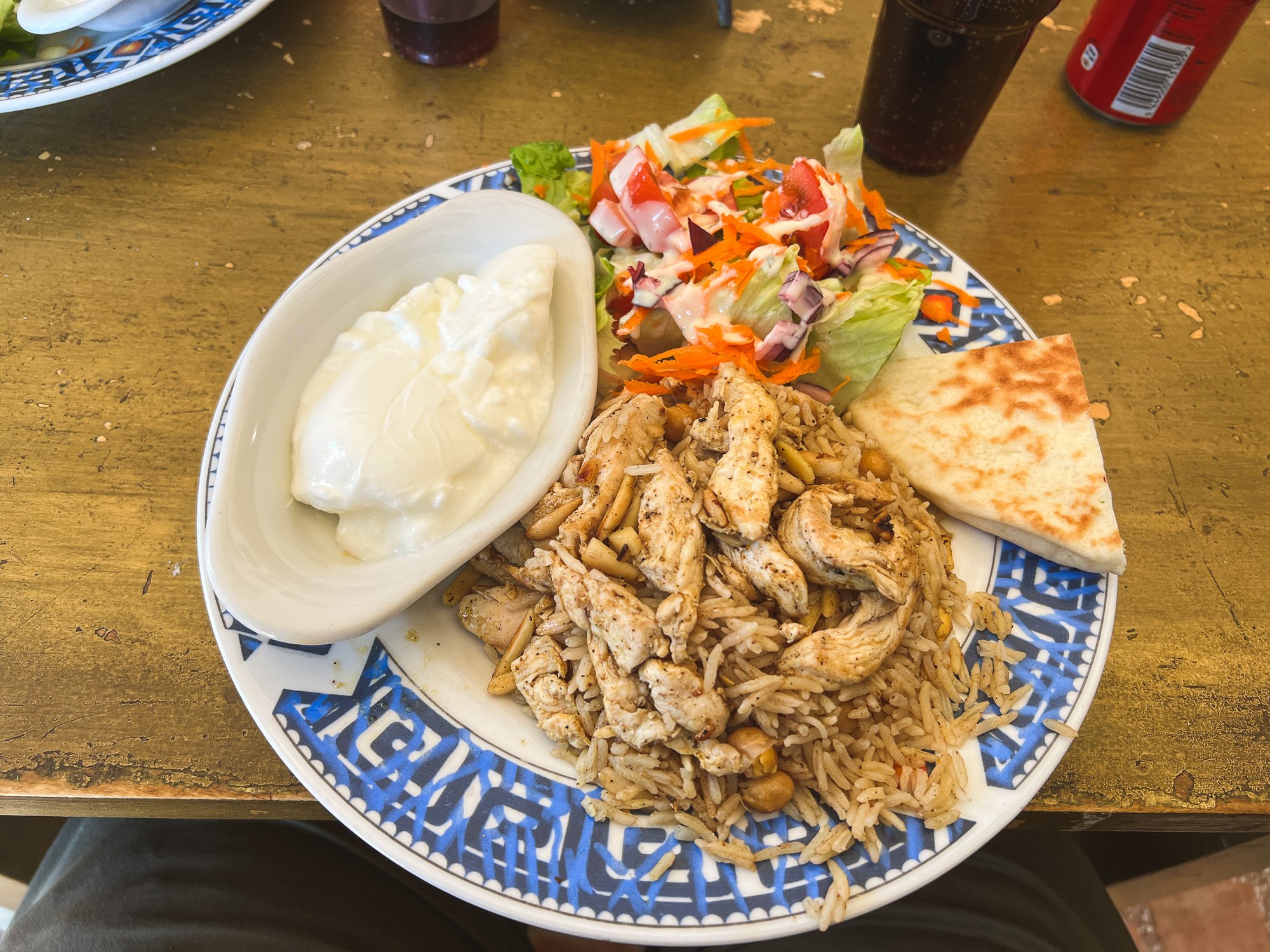Today was a surprise Sabbath. We had the morning off, but were given the afternoon off as well. The plan was to go the Dead Sea (the same resort we stopped at on our Masada trip), but it was a solemn day in Israel for the Holocaust Remembrance and the resort was closed. We used our time to explore our area a bit more.
There is a shop across the street from St. George’s, called St. George’s Gifts. It is owned by an Armenian man named Abraham who sells icons, ceramics, rosaries, and many other religious gifts. Some of his items are the typical (better quality) tourist items. Others are true treasures so it is a fun to browse and see what you can find.
Abraham cherishes his relationship with the College and visits by the pilgrims. His counter is filled with business cards from bishops, priests, professors, laity, and others who have visited his store. If you are in the Anglican Communion, you stayed at St. George’s, and shopped in Abraham’s store, he knows you!! I asked him about my faculty advisor at seminary, the late Father J. Robert Wright. He laughed and said, “Oh yes, many, many icons! And very precise taste!” I laughed and replied, “I know, I helped catalog those icons as part of my work/study!”
I will probably regret this, but I found an icon yesterday I had never seen before - Jesus with the Woman at the Well. In the Gospels, the woman is a Samaritan, a community shunned by the dominant Judean community based in Jerusalem. Samaritans were also Jewish but worshiped according to older traditions and lived in a different region. For Jesus, a Jewish, and Judean, man to have a conversation with a woman from Samaria was taboo. The woman hears in Jesus the words of new life and becomes a believer that he is the Messiah. She then goes and tells the other Samaritans about him. She is one of the first in the Gospels to receive Jesus as the Messiah. She is a woman. She is part of a despised community. And she tells the Good News. All least Abraham, the shop owner, let me take a photo of it!
Icon of Jesus with the Samaritan woman.
Yeah, I’m going to regret not getting this icon.
I did pick up two icons that are extremely important to me. The first is the Resurrection. I love that the Orthodox icons of the Resurrection do not focus on the empty tomb, but on the gift of life given to us by the risen Christ. The icon shows Christ breaking the doors of Hades where the departed sleep awaiting the Messiah. He lifts them to new life, starting with the first to die - Adam and Eve. “For as in Adam all die, so also in Christ shall all be made alive.”
Icon of the Resurrection, with apologies for the bubble wrap for transport.
The second icon is another popular one in the tradition - the Hospitality of Abraham or The Holy Trinity. It is based on the Genesis story of the three visitors coming to Abraham and Sarah to promise that God will be faithful to the Covenant and they will indeed bear a child. Tradition says these three mysterious visitors are the Trinity, and the icon shows the wonderful relationship between the three persons. Each is distinct, each is equal, each is a part of the other through gaze and posture, and together, they firm a unity. They are also gesturing to the fourth side of the Table which is open and on the viewers side. It is our place and the Trinity are inviting us to share in their divine life.
Icon of the Holy Trinity after Andrei Rublev, Russian 14th c. Copy produced by the monks of St. Catherine’s Monastery in Mt. Sinai, Egypt.
Jim found an icon of the Transfiguration, which is his favorite feast, so, even without the woman a the well, we brought home three sacred pieces that will nurture our prayer life for time to come.
We had lunch a historic restaurant across the street from the college. It had been run by the same family for two generations. The original owner was also a travel agent who was recognized by the King of Jordan for promotion tourism to the Holy Land in the 50s and 60s. The restaurant was decorated with books, typewriters, and other items from the old travel agency next door.
The menu at Sarwa Street Kitchen, plus an Elephant. You can always get my attention with elephants.
We were the only guests so the original owner’s son spent time chatting with us. He lived in the US for twenty years, working at In “n” Out Burger in California among other places, so was proud that he knew how to cook the best burger. He eventually came back because he felt it was safer for his kids in Jerusalem than in the US, and he wanted to help his brother with the restaurant as his father aged.
The owner shared with us an old lamp and the handbook written by his father to guide travel agents for the Holy Land in the 1960s. This is before the 1967 war when the holy sites were all under Jordanian jurisdiction.
It is interesting how the news shapes our opinions of a place. Our assumption about Israel and Palestine are shaped by the news stories we see on the media. Our host’s assumptions about the US were shaped by the stories he heard on the news. He asked if it was true that anyone could walk into any store and take whatever they want without fear of the police. We tried to assure him that that was very rare and only focused in a couple of places, like San Francisco, with serious homelessness and addiction problems. He was skeptical.
It made me think about how our assumptions about a place can be equally overblown. At the same time, it was also daunting to hear this Palestinian resident of East Jerusalem say that he and his friends have no interest in going to the US any more. They do not see it as a safe place. They believe they have a better life in occupied Palestinian Territories than they would have abroad.
He also shared his frustration at trying to get back to Jerusalem from Jericho over the previous weekend. It was the end of Ramadan, so massive celebrations with many family gatherings and feasting. Jericho is a bit of a resort town - a place to go to get out of Jerusalem for Palestinians for R&R, like New Yorkers go to the Catskills or the Hamptons. Unfortunately, when he tried to return home to open his shop, he found the road from Jericho to Jerusalem closed by the Israeli Police. He and his daughter had to sleep in their car overnight. It was Israel’s way of preventing Palestinian Muslims from coming in to East Jerusalem to celebrate with the friends and families, and even Jerusalem residents were cut off from return for the night. The same thing had happened to some of the staff at the College.
This part of daily life in the Holy Land.
More garden pictures looking towards the Archbishop’s garden.
Now that we had been out of quarantine for a couple of days, we were no longer COVID pariahs and people were socliazing with us in the evening. Quite a few of us gathered with beverages to talk about getting tattoos from Razzouk, following the centuries old pilgrim-custom. I was still in the “no tattoo” camp until Marie, our octogenarian pilgrim, said she desperately wanted to get one but was afraid of what her family would see. One of the other pilgrims advised her to simply say it was a reminder of her lover she met in Jerusalem. That was guaranteed to shut down all further conversation!
We loved this table! When it was too cool to sit in the garden for our evening drinks, we gathered around this table. The little tables that can be pulled aside are brilliant!
As we laughed, I notice Loren started to waver. I said to her, “If you get one, I’ll get one.” “OH, now it’s peer pressure!” she pushed pack. We decided to wait until after we returned from Galilee to make the decision. My final hurdle was Jim who had previously also said no. I texted him, “If I do it, will you do?” He texted back, “sure.” It seems like we were going to go all in for the remainder of our pilgrimage.
